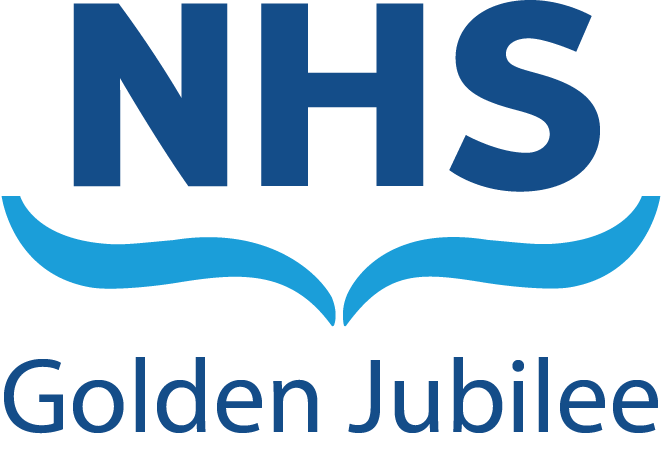Exercise and pulmonary hypertension
Exercise is important to keep the body healthy.
A restriction of activities leads to a decrease in your general level of fitness, which means breathlessness then starts to be experienced at a lower level of activity.
This starts a downward spiral of restricted activity leading to a decrease in general fitness and ability, which then leads to a greater level of breathlessness.

Patients with pulmonary hypertension should aim to be as active as possible. Active people with pulmonary hypertension generally have fewer symptoms and complications than those who lead sedentary lifestyles.
You do not have to go to the gym or take part in organised fitness classes. Walking is an excellent exercise and you can set achievable targets by walking a little bit more each day.
Most people with pulmonary hypertension have “good days” and “bad days”.
- If you feel particularly energetic one day, use this time to do some moderate physical activity.
- If you feel tired after walking just a few steps, use this day to rest.
- Ensure any exercise you take is achievable.
- Start slowly and take time to build up your stamina.
- Avoid some activities such as lifting very heavy objects.
- Do not exercise to the point where you are too short of breath to speak, experience chest pain, or feel light-headed or dizzy. If you experience these symptoms, you should stop exercising immediately and let the SPVU nurses know.

